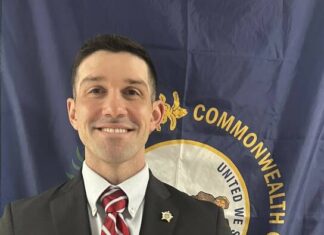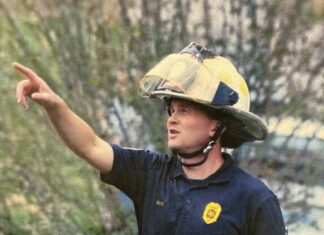Those who fought for our freedom are also dying by suicide on American soil.
“On the battlefield, the military pledges to leave no soldier behind. As a nation, let it be our pledge that when they return home, we leave no veteran behind,” proclaimed Dan Lipinski.
In 2015, an average of 20 active duty service members, non-activated guard or reserve members, and other veterans died by suicide each day, according to the U.S. Department of Veterans Affairs Office of Mental Health and Suicide Prevention (OMHSP) Facts About Veterans Suicide: June 2018.
Within Army units, the risk of suicide attempts among soldiers increases as the number of attempts made within the past year in their unit rises, according to a study, published in the 2017 journal JAMA Psychiatry. The research data came from the Army’s Study to Assess Risk and Resilience in Service Members project, or STARRS, America’s largest study of mental health risk and resilienceamong military personnel.
“While suicide is a national problem, it is one that also affects smaller communities, including the Explosive Ordnance Disposal (EOD) community. These brave men and women have suffered losses not only on the battlefield, but from suicide in recent years,” according to a 2017 online article in U.S. Veterans Magazine. www.usveteransmagazine.com/.
As the Federalist pointed out in a 2018 article, research indicates “feelings of shame or guilt trigger the emotional, mental, and physical reactions that lead to suicide. This is guilt about what soldiers did to others and shame of not being able to save the lives of those around them.” www.thefederalist.com/.
The United States military has identified Post Traumatic Stress Disorder (PTSD), other mental illnesses, and addiction as suicide risk factors.
Other risk factors associated with suicide includerelationship problems, administrative/legal issues, workplace difficulties and associated medical conditions include traumatic brain injury (TBI), chronic pain, and sleep disorders. www.deploymentpsych.org/.
Suicide Warning Signs
Know the warning signs: personality change, agitation, withdrawal, poor self-care, hopelessness, feeling excessive guilt, shame, or sense of failure, rage or anger, engaging in risky activities without thinking, losing interest in hobbies, work, or school, increasing alcohol or drug misuse, withdrawing from family and friends, showing violent behavior like punching a hole in the wall or getting into fights.
Resources for Vets
Contact the Veterans Crisis Line at 1-800-273-8255 and press 1 or text 838255 to get help or visit VeteransCrisisLine.net.
Stop Soldier Suicide is a national, veteran-founded and veteran-led nonprofit focused on military suicide prevention. www.stopsoldiersuicide.org/.
A documentary called “Almost Sunrise” wants to bring attention to veterans and suicide. Tom Voss and Anthony Anderson (veterans with P.T.S.D.) walked 2,700 America miles to raise awareness of soldier suicide. www.sunrisedocumentary.com/.
“Sometimes a soldier returns home and all he can do is share his story in the hopes that somehow, in some way, it helps another soldier make sense of things. And although the stories may not be perfect, sometimes just sharing is enough to make a difference.” ― Michael Anthony, Civilianized: A Young Veteran’s Memoir
September is Suicide Prevention and Awareness Month. Please reach out to the veterans in your circle.
–
Melissa Martin, Ph.D, is an author, columnist, educator, and therapist. She lives in Southern Ohio. www.melissamartinchildrensauthor.com. Contact her at [email protected].






